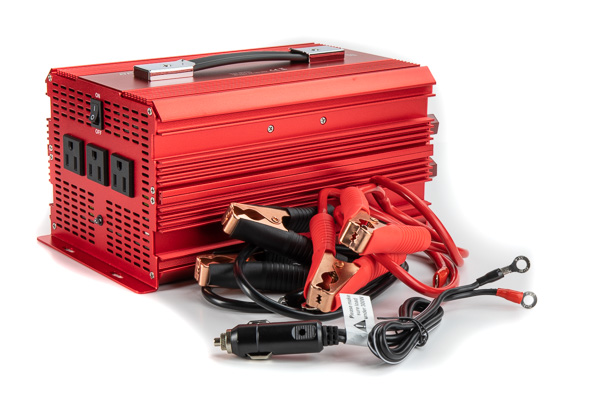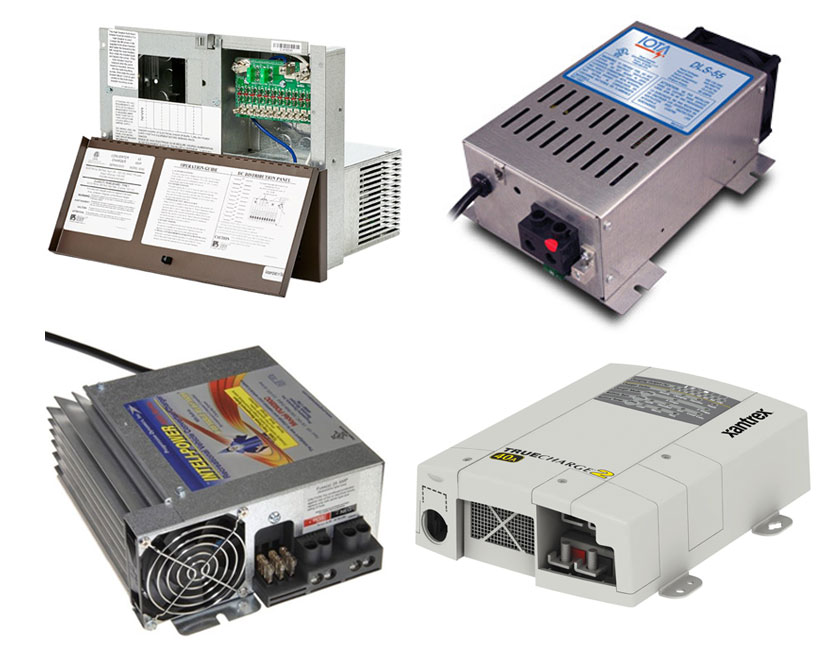Summary
– Why you need to install an Electrical inverter
– Use and types of electrical inverters
– Electric inverter: price and distribution
An electrical inverter is a safe electrical device. In case of a power failure, it allows either to switch the source or to switch from a main power line to an independent secondary.
Why you need to install an Electrical inverter
An electrical inverter, more commonly called “source inverter” by electrical distributors, is a device allowing access to a second energy source in case of a fault in the main source.
It guarantees the correct operation of an installation by switching the main source (network) to a secondary emergency source (generator).
Good to know: an electrical inverter, or source inverter, has 2 positions and can equip single-phase and three-phase electrical installations. An electrical inverter is sized according to its rating (amperage), the different breaking characteristics and its type (manual, automatic or remote controlled).
Use and types of electrical inverters
An electrical inverter is used essentially on installations requiring a continuous power supply without any failure (hospitals, emergency call centers, police stations, security devices of certain ERPs/Public Receiving Establishments, etc.).
The electrical inverters can be of 3 types:
– Manual changeover switch: the user must himself switch on the electrical changeover switch (the source changeover switch) on the second so-called “emergency” source. A simple gesture is enough to switch the sources, but it requires the intervention of a person (no authorization is necessary). It is carried out with 2 or even 3 manually controlled devices.
– Automatic or motorized changeover switch: a remote-controlled changeover switch is associated with an automated system to control the sources according to programmed modes (management of source switching, regulation, etc.).
– Remote-controlled inverter: the electric inverter does not require any human intervention. The source switching is electrically controlled. This type of electrical inverter is used on high-caliber equipment/apparatus (from 400 A).
Good to know: the installation of a source changeover switch is complementary to other equipment which must be sized according to the needs of the installation. The complementary source can be materialized by solar panels or a generator (the majority of emergency source equipment) and has intrinsic characteristics relative to the downstream installation (voltage, connection, etc.).
Electrical inverter: price and distribution
The electric inverters, or source inverters, are available in different models depending on the manufacturers and the needs of the installations where they are installed. The electric inverters are distributed by:
– DIY stores and stores dedicated to the finishing work;
– establishments specializing in electricity;
– Internet marketplaces and online stores dedicated to electricity;
– the electrician as an embedded re-seller for a supplier of electrical appliances and equipment.
The prices of electrical inverters are relative to their size and brand. For larger installations, electrical inverters (4-pole motorized inverters) can quickly reach sums between $2,700 and $5,000.
Manual electrical inverters are less expensive. Count about:
– $20 for a high-end 20 A 250 V manual source inverter;
– $40 for a mid-range 32 A 240 V manual electric inverter;
– $100 for a 2-pole manual changeover switch for dedicated automations (example: 2 switches and/or circuit breakers).
Hope the above helps you out to get a better picture of your electrical installation. Stay posted as new publications will cover the main elements of the electrical panel (Fuse, Smart meter, Contactor, Load shedder, Electric meter, Differential circuit breaker, Differential switch, Circuit breaker, Lightning Surge Protective Device) and other electrical protection elements (Isolation transformer, Electrical transformer, Voltage regulator). This essential information will help you in your choices of electrical equipment.


